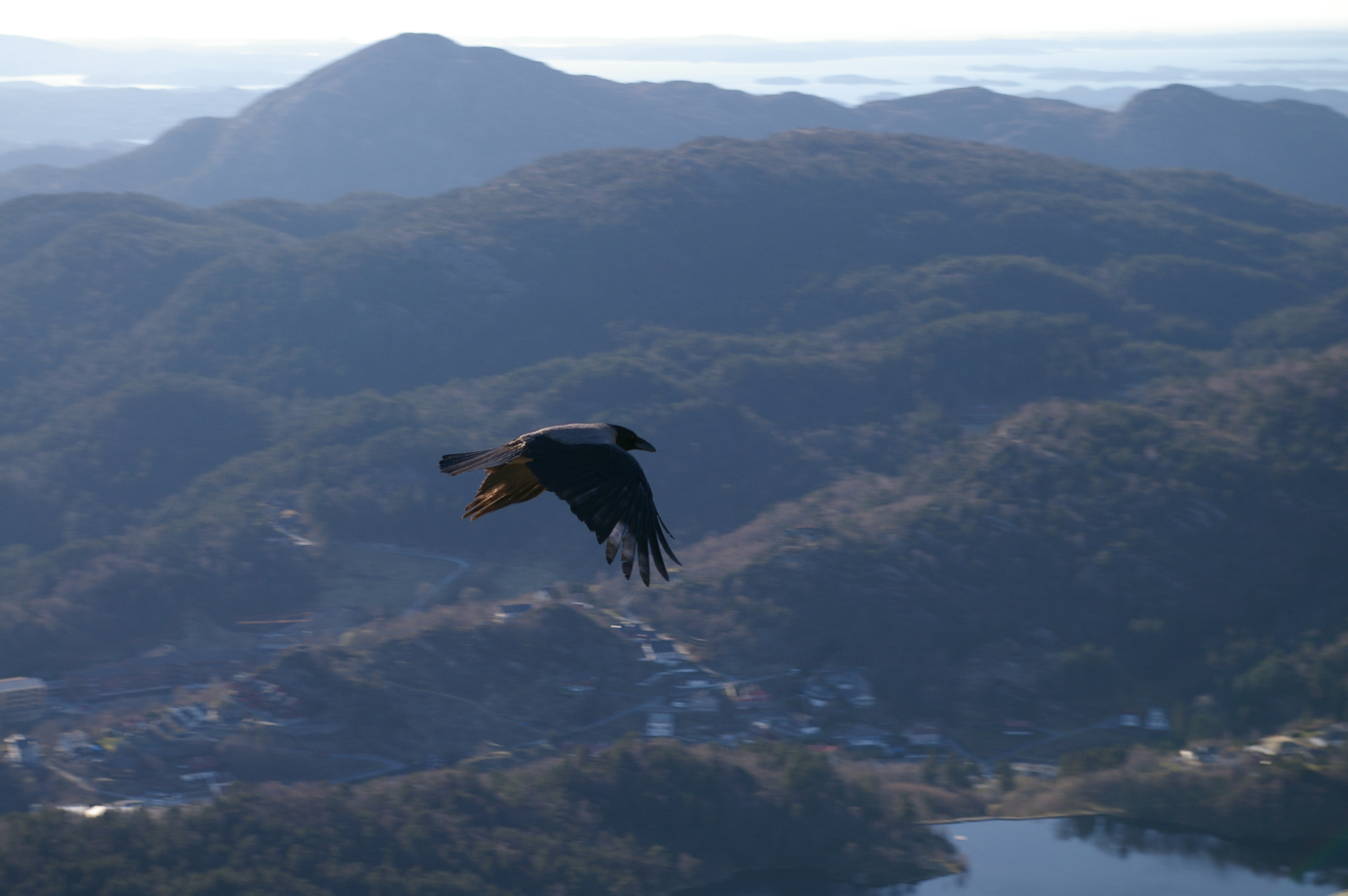Straight-line Distance on:
[Wikipedia]
[Google]
[Amazon]
 The expression ''as the crow flies'' is an
The expression ''as the crow flies'' is an
idiom
An idiom is a phrase or expression that largely or exclusively carries a Literal and figurative language, figurative or non-literal meaning (linguistic), meaning, rather than making any literal sense. Categorized as formulaic speech, formulaic ...
for the most direct path between two points.
Etymology
The meaning of the expression is attested from the early 19th century, and appeared in theCharles Dickens
Charles John Huffam Dickens (; 7 February 1812 – 9 June 1870) was an English novelist, journalist, short story writer and Social criticism, social critic. He created some of literature's best-known fictional characters, and is regarded by ...
novel ''Oliver Twist
''Oliver Twist; or, The Parish Boy's Progress'', is the second novel by English author Charles Dickens. It was originally published as a serial from 1837 to 1839 and as a three-volume book in 1838. The story follows the titular orphan, who, ...
'' (1838):
While crow
A crow is a bird of the genus ''Corvus'', or more broadly, a synonym for all of ''Corvus''. The word "crow" is used as part of the common name of many species. The related term "raven" is not linked scientifically to any certain trait but is rathe ...
s do conspicuously fly alone across open country, they do not fly in especially straight lines. While crows do not swoop in the air like swallow
The swallows, martins, and saw-wings, or Hirundinidae are a family of passerine songbirds found around the world on all continents, including occasionally in Antarctica. Highly adapted to aerial feeding, they have a distinctive appearance. The ...
s or starling
Starlings are small to medium-sized passerine (perching) birds known for the often dark, glossy iridescent sheen of their plumage; their complex vocalizations including mimicking; and their distinctive, often elaborate swarming behavior, know ...
s, they often circle above their nests.
One suggested origin of the term is that before modern navigational methods were introduced, cages of crows were kept upon ships and a bird would be released from the crow's nest
A crow's nest is a structure in the upper part of the main mast of a ship or a structure that is used as a lookout point. On ships, this position ensured the widest field of view for lookouts to spot approaching hazards, other ships, or land b ...
when required to assist navigation, in the hope that it would fly directly towards land. However, the earliest recorded uses of the term are not nautical in nature, and the crow's nest of a ship is thought to derive from its shape and position rather than its use as a platform for releasing crows. It has also been suggested that crows would not travel well in cages, as they fight if confined.
See also
*Displacement (geometry)
In geometry and mechanics, a displacement is a vector whose length is the shortest distance from the initial to the final position of a point P undergoing motion. It quantifies both the distance and direction of the net or total motion along ...
*Distance
Distance is a numerical or occasionally qualitative measurement of how far apart objects, points, people, or ideas are. In physics or everyday usage, distance may refer to a physical length or an estimation based on other criteria (e.g. "two co ...
*Geodesic
In geometry, a geodesic () is a curve representing in some sense the locally shortest path ( arc) between two points in a surface, or more generally in a Riemannian manifold. The term also has meaning in any differentiable manifold with a conn ...
*Great-circle distance
The great-circle distance, orthodromic distance, or spherical distance is the distance between two points on a sphere, measured along the great-circle arc between them. This arc is the shortest path between the two points on the surface of the ...
References
Bibliography
* *External links
* . * . {{DEFAULTSORT:As The Crow Flies English phrases Navigation English-language idioms Metaphors referring to birds 1830s neologisms 1830s quotations